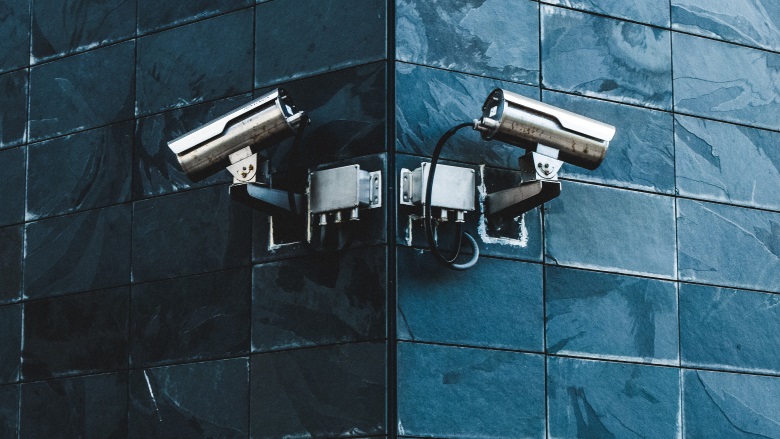In today’s dynamic security landscape, the demand for advanced surveillance solutions has grown exponentially. While surveillance cameras have become indispensable tools in maintaining public safety and safeguarding vital infrastructure, these technologies also present distinct challenges, with video quality being a primary concern. Currently, innovative video enhancement solutions play an important role in overcoming these hurdles, empowering security experts to obtain clear, stable video streams in even the most challenging environments.
As surveillance technology has evolved, security professionals have come to rely on a wide variety of cameras. Body-worn cameras and dash cameras have become crucial for law enforcement officers, private security workers and transportation employees, providing first-hand accounts of interactions and incidents.
Mobile surveillance stations equipped with pan tilt zoom (PTZ) cameras mounted on high poles offer flexible solutions for monitoring large areas, such as outdoor events or construction sites. While these stations provide unparalleled situational awareness, these stations are often exposed to wind and ground vibrations.
Autonomous cameras have also made significant strides in recent years. These include robot dogs, patrolling cameras on wheels traveling through uneven terrain and unmanned aerial vehicles (UAVs) operating in turbulent wind conditions. These innovative solutions can navigate challenging environments, access hard-to-reach locations and provide real-time data to security professionals.
Despite their numerous advantages, these surveillance cameras present two major challenges. First, rapid movements, shakes and vibrations can result in blurry footage, making it difficult to accurately interpret courses of events. Watching these videos can be tiring and may even cause motion sickness. This issue is particularly prevalent in high-stress situations, where clear and stable video feeds are crucial for effective decision-making.
Second, the transmission of video over wireless networks often encounters insufficient bandwidth for high-quality video. This can lead to poor video feeds that hamper effective monitoring and analysis, which is particularly problematic when surveillance footage needs to be analyzed in real time. As the number of connected devices continues to grow, the demand for efficient video transmission solutions becomes increasingly important.
By utilizing advanced algorithms and leveraging motion sensor data, these solutions can significantly improve the quality of surveillance video feeds.
One key component of advanced video enhancement technologies is sensor-based electronic image stabilization (EIS), which relies on motion sensor data to digitally counteract camera movements and vibrations. Sensor-based EIS has proven to be a more cost-effective and reliable alternative to gimbals or optical image stabilization (OIS) alone. It also provides superior results compared to image-based EIS, which is dependent on fixed reference points in the video to produce good results.
Surveillance situations with limited bandwidth can result in issues like frozen video, delayed transmission and dropouts. To address these challenges, bitrate optimization has become a crucial component of video enhancement solutions. By compressing video data without compromising image quality, bitrate optimization tools can ensure that high-quality video feeds are transmitted efficiently over wireless networks. This is particularly important in remote or congested areas, where network connectivity may be less reliable.
By implementing advanced video enhancement solutions, security professionals can overcome the challenges posed by mobile surveillance cameras, ensuring clear and stable video feeds in demanding scenarios. This not only enhances situational awareness but also improves the overall effectiveness of security operations.
Improved video quality directly translates to more accurate and efficient decision-making, as security personnel can quickly identify potential threats and respond appropriately. Advanced video enhancement solutions also have significant implications for the use of surveillance footage in legal proceedings. Clear, stable video feeds can provide crucial evidence in court, helping to protect public safety. Furthermore, high-quality video feeds are invaluable for training purposes, as they enable security professionals to learn from real-world scenarios and develop best practices for future operations.
As the security landscape continues to evolve, the need for advanced video enhancement solutions will only grow. By addressing the unique challenges posed by these cameras, advanced video enhancement solutions are poised to help fuel the ongoing revolution in reliable security surveillance.
This article originally ran in Security, a twice-monthly security-focused eNewsletter for security end users, brought to you by Security magazine. Subscribe here.




